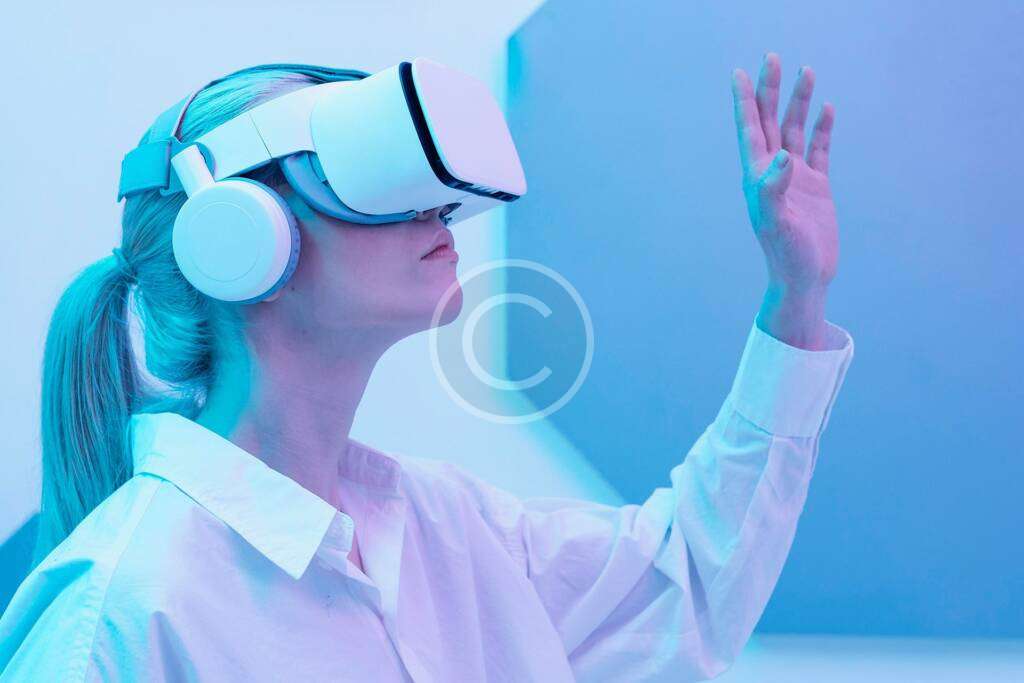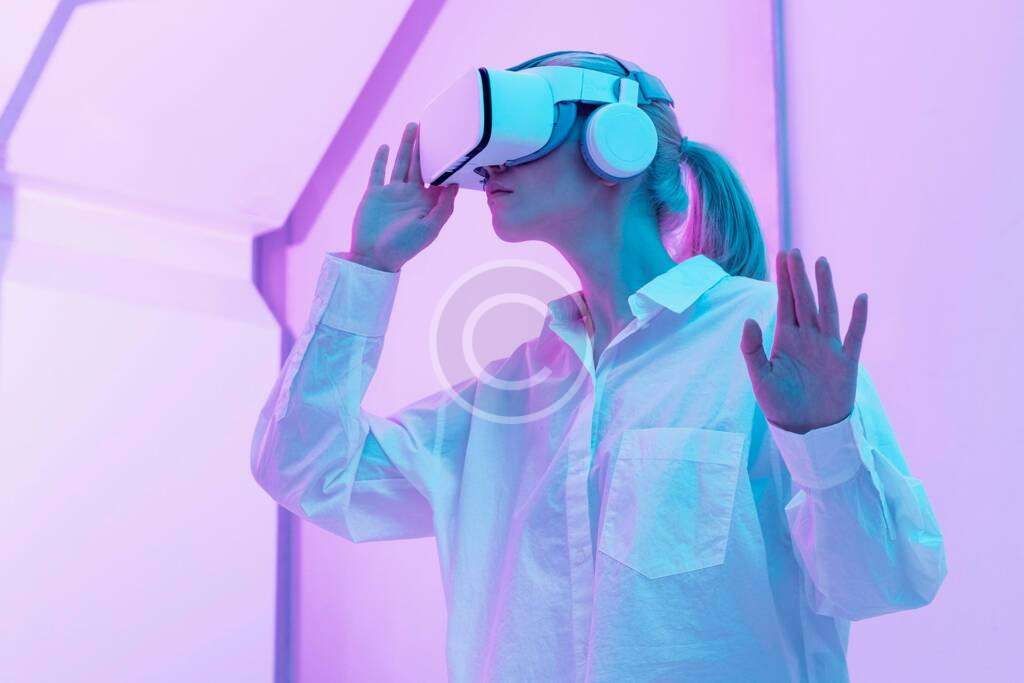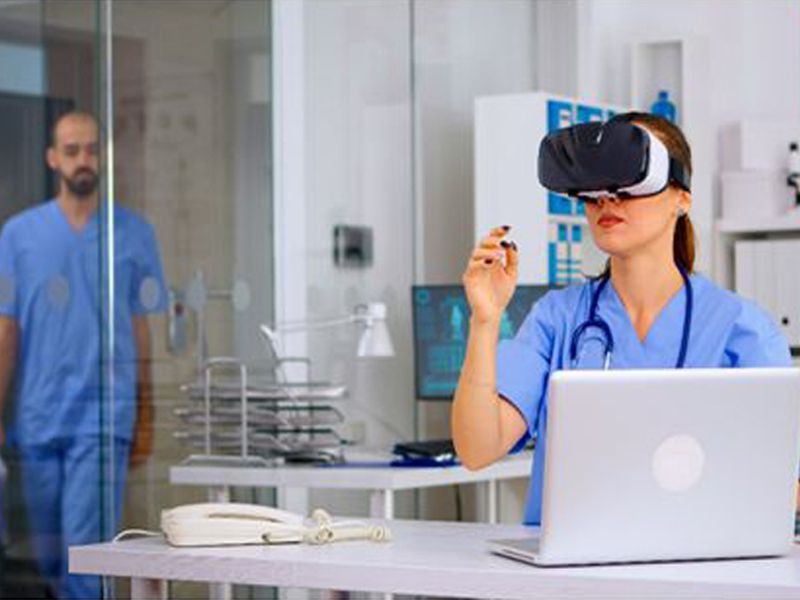In recent years, the intersection of technology and education has paved the way for innovative approaches to learning provided by The Rare Age Metaverse and Rare FND Learning. Among these, Virtual Reality (VR) stands out as a game-changer, revolutionizing the traditional classroom experience. This article delves into the profound impact of VR on education, highlighting its ability to bridge gaps and enhance learning experiences.
Opening the gateway to new realities
Virtual Reality, once confined to the realm of gaming and entertainment, has found a new purpose in education. Imagine students stepping into historical events, dissecting complex biological structures, or practicing real-world skills in a simulated environment. VR enables an immersive and interactive learning experience that goes beyond the limitations of traditional textbooks and lectures.


BREAKING DOWN BARRIES
One of the key advantages of VR in education is its ability to overcome geographical barriers. Students from different corners of the world can connect in a shared virtual space, fostering a global perspective and cross-cultural understanding. This not only broadens the educational landscape but also prepares students for an increasingly interconnected and diverse world.
eNGAGING THE SENSES FOR DEEPER LEARNING
Traditional teaching methods often struggle to capture and maintain students’ attention. VR, however, engages multiple senses, providing a richer and more memorable learning experience. Whether it’s a chemistry experiment, language immersion, or a virtual field trip, the sensory engagement offered by VR enhances retention and understanding.
PERSONALIZED LEARNING JOURNEYS
Every student is unique, with different learning styles and paces. Virtual Reality allows for personalized learning journeys, catering to individual needs. Adaptive VR programs can adjust difficulty levels, provide instant feedback, and offer tailored experiences, ensuring that each student can progress at their own pace.
aDDRESSING PRACTICIAL CHALLENGES
Certain subjects require hands-on experience that might be challenging to provide in a traditional classroom setting. VR simulations can bridge this gap by offering practical, risk-free environments for learning. From medical procedures to architectural design, students can gain valuable skills and insights before entering the real-world professional arena.
FUTURE HORIZONS OF VR IN EDUCATION
As technology continues to advance, the potential applications of VR in education are limitless. From collaborative projects in virtual spaces to augmented reality overlays on physical classrooms, the future holds exciting possibilities. The key lies in harnessing the potential of VR responsibly and integrating it seamlessly into educational frameworks.
CONCLUSION
Virtual Reality is not just a tool; it’s a transformative force in education. By providing immersive experiences, breaking down barriers, and personalizing learning, VR has the power to redefine how we educate the next generation. As we step into this new era of learning, embracing the possibilities offered by Virtual Reality could be the key to unlocking a brighter and more engaging future for education.

